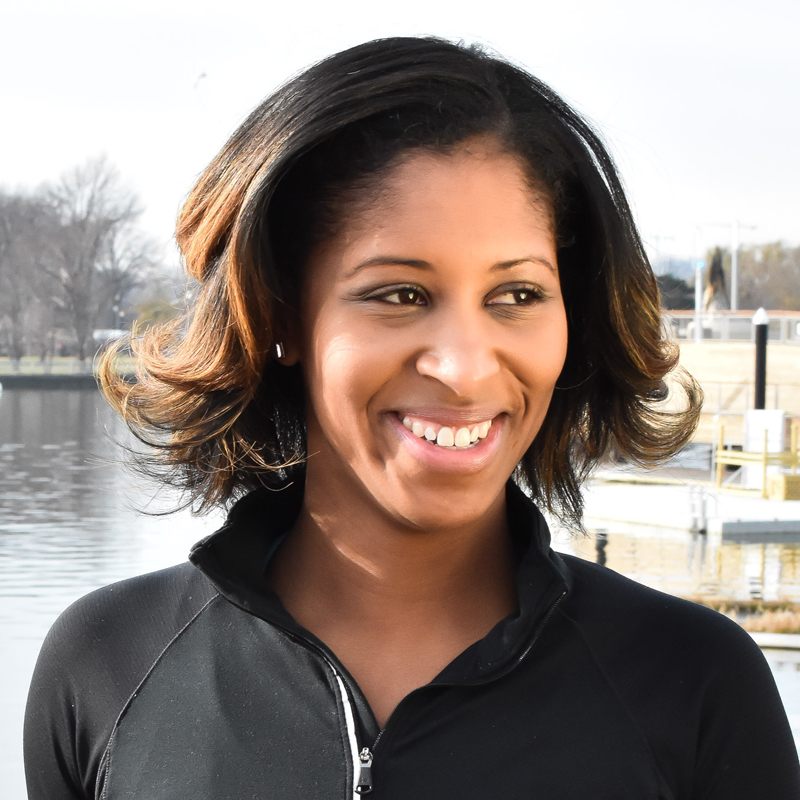Pace of Mind: You Don’t Have to Run Fast to be a Runner
Photo: Sunchase Media for RUNGRL
by Natalie Robinson, Co-founder + Chief Digital Officer, RUNGRL
When we think of running, there’s often this idea that runners must be “fast”. In the running world, it can be a stigma of sorts, as if running and fast must go hand in hand. This sentiment can be a real hurdle (pun intended) to those who want to start running or who’d like to run more, but feel they aren’t speedy enough to be a “real runner”.
I’m here to tell you that this is simply not true. Fast is relative; my fast won’t be the same as the next person’s fast. It’s more important to think of where you started and gauge your progress from there.
But What is a ‘Good’ Pace?
For the sake of argument, just what is considered a “normal” running pace?
Last year, workout tracking app Strava released data based on the 86.7 million runs it logged globally in 2016. Strava found that the average pace for women runners came in at 9:55 per mile (via Health.com). We should keep in mind, however, that this data is based solely on those who used this fitness app. Many others run without apps, or without reporting at all. Other contributing factors to running pace include the runner’s age (see this age-grade running calculator from Runner’s World), geographic location and more.
Livestrong.com also reported on a 2011 Southwestern Medical School study, which found that “high” fitness women ran the mile in nine minutes or less; “moderate” fitness women ran it in 10 minutes and 30 seconds or less and “low” fitness women needed 12 minutes or more to complete the mile. These results are different from the average in the Strava numbers, above, and show that being fit doesn’t necessarily mean running at the same pace as other runners.
Now, if you’re already faster than those aforementioned times, does that mean you can just remain static? Of course not. If you’re slower, that’s okay too. Either way, having a goal to improve your pace, endurance, strength, etc. are all great objectives no matter where you are in your current journey.
Understanding Pace Progress
When I began my running journey in 2014, I allowed myself to get bogged down by the feeling of not being fast enough, because my starting pace was at about an 11:15-minute mile. I didn’t perceive this to be fast because I focused largely on comparisons to the other runners I knew at the time. I stopped frequently on short runs and would only run about once a week, at best.
As time went on, however, my interest and involvement in running evolved. I began to meet more people who looked like me in the running community with common interests. I learned to view running as inclusive of all paces and levels, and I allowed my previous need to be fast as a means of validation fade.
Once I shifted my focus to building my endurance instead of just getting “faster”, my comfort in running grew stronger, as did my distance and pace. I began to run more frequently during the week and signed up for my first race, a 5-miler. I began seeing results and it reinforced the truth that if you keep working and are intentional at something, you’ll get better and stronger at it.
I love that running is a chance to challenge yourself. Whether it is going further than you ever have, enduring a scorching-hot summer run, making a triumphant comeback from an injury or just feeling good about yourself, each new run is an opportunity to be just a little bit better than the last.
So, get comfortable with the title. Fast or not, if you run, you are a runner.
-
Are you a beginner looking to train for your first 5K race? Get ready to launch your love affair with running with RUNGRL’s new 5K Hustle Beginner Training Plan.
Natalie Robinson
Co-founder and Chief Digital Officer












